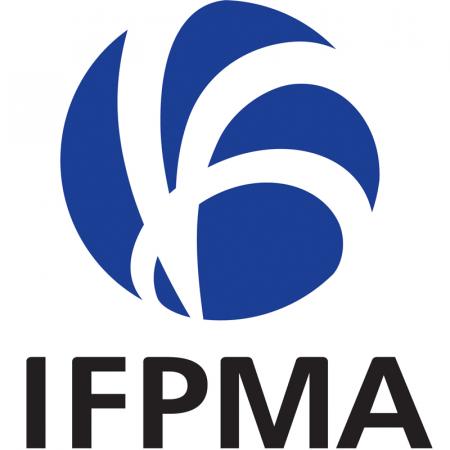Urbanization increases high-risk antibiotic resistance genes and pathogenic bacteria in soil and phyllosphere microbiomes
Urbanization has significantly altered land use and vegetation, impacting microbial diversity. A study examining urban soil and grass phyllosphere microbiomes revealed the lowest α-diversity of bacteria, fungi, and protists in highly urbanized areas, with an increase in antibiotic resistance genes (ARGs) and virulence factor genes (VFGs). High-risk ARGs pose significant vulnerability risks for human well-being. Monitoring the main source of clinical ARGs/VFGs is crucial for sustainable urban management and public health interventions.
AMR NEWS
Your Biweekly Source for Global AMR Insights!
Stay informed with the essential newsletter that brings together all the latest One Health news on antimicrobial resistance. Delivered straight to your inbox every two weeks, AMR NEWS provides a curated selection of international insights, key publications, and the latest updates in the fight against AMR.
Don’t miss out on staying ahead in the global AMR movement—subscribe now!






